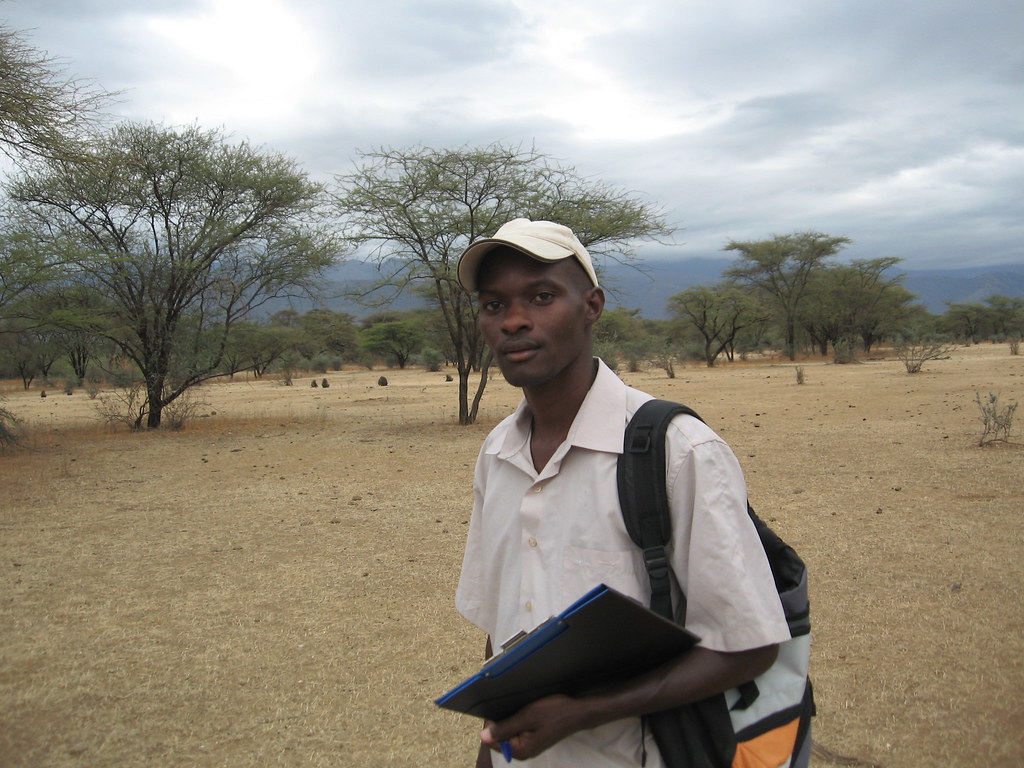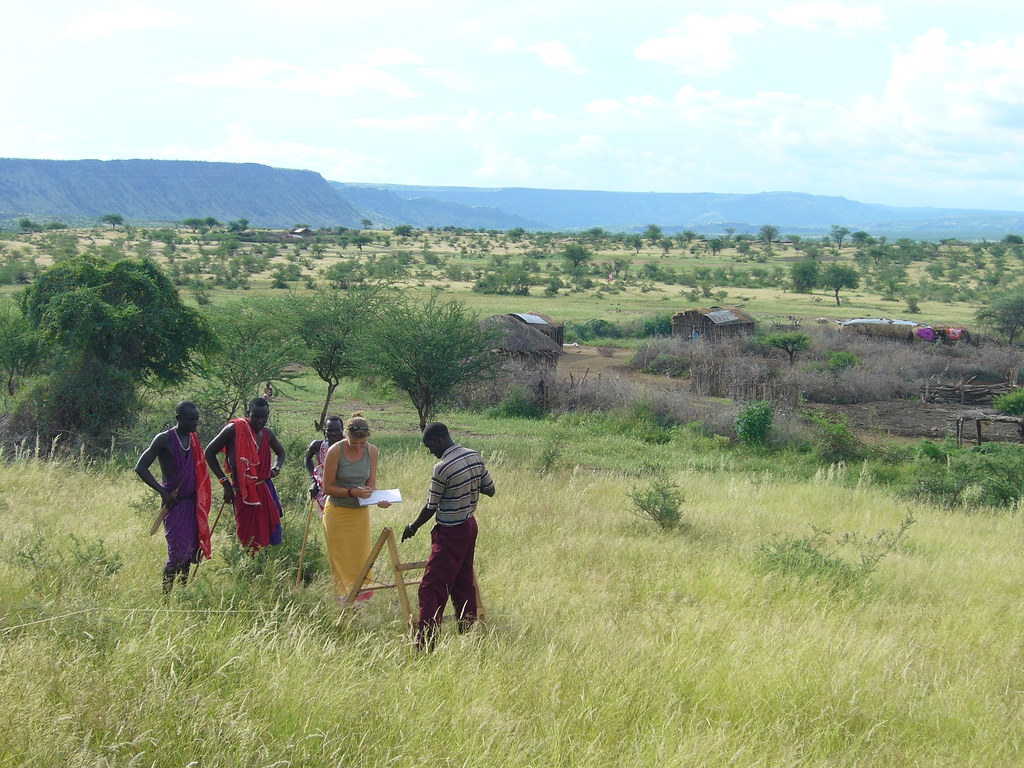

Baboon species:
• They are grouped into only two species of which only one sub species of each is living;
• Theropithecus baboon. (Gelada is its only living species.)
• Papio baboon; also called the savannah. (Have five sub species but since they interbreed and give forth-fertile offspring, they are considered as one single species.)
• Yellow (papio cynocephalus cynocephalus)
• Olive (papio cynocephalus anubis)
• Guinea (papio cynocephalus papio)
• Chacma (papio cynocephalus ursinus)
• Hamadryas (papio cynocephalus hamadryas)
• Hamadryas are different from the rest in their appearance and behaviors, they are most northerly of the five species found in the arid scrublands and desert of Ethiopia, Sudan, Somalia, and the coast of southern Arabia. They are smaller, light gray color coat and pink faces and bottom. Males have manes of longer hair around their head and shoulder and much longer than females.
• Olive: Found in Ethiopia, northern Tanzania and across West Africa. Adult males have large furry mane, have overhanging tips to their noses and they are very robust compared to the rest.
• Yellow: fond in Tanzania, Zambia, northern Mozambique and Angola. They are characterized by yellow coat, slender with long legs, overturned nose; males have mane furry hair around their heads.
• Chacma: through southern Africa, mid Zambia, to Cape Province of South Africa. They are dark in color, furry fringe of black hair around their neck and shoulder, males have cape of hair around their shoulders.
• Guinea: restricted distribution in West Africa.
• Gelada species is restricted distributed to the Simen Mountains of Ethiopia. Males have magnificent longer, silkier mane, both male and female have patches of bare skin on their chest-bright red color made them called “bleeding hearts baboon.”
Baboon Facts:
• They are the most widespread of all the savannah monkeys.
• They are adaptable, found in extremely cold and hot areas alike.
• They have a highly varied diet. They get food from above and below the ground. They feed on fruits, leaves, seeds, berries, flowers, roots, shoots, gum, insects, and meat in a diverse and discerning manner. They sometimes eat only a particular part of any food.
• Their ability to manipulate things with their hands and fingers suggest the reason why they have successfully colonized the savannah. They are found virtually in all parts of sub Sahara Africa.
• Adult males weigh an average of 22kg to 30kg and females- 12kg to 15kg.
• Females establish close relationship with their relatives that often last an entire lifetime.
• They sharpen their canine teeth by grinding them against a specially adapted tooth in the lower jaw. The sound of a male grinding teeth is a good indicator that fighting is about to break out.
• Baboons have extremely sharp vision; it’s their primary sense.
• They get safety in numbers; they forage and sleep together.
• They are inquisitive and very smart; forever investigating new things they come across in the environment. Youngsters and adult males are more adventurous than females who are more conservative.
• Infants sometimes use their mother’s tail as backrest when jockey riding on their mother’s back.
• They have shown ability to live alongside human and benefit from the association unlike many other animals.
• They can store food in special cheek pouches that lie just under the skin on either sides of the jaw. They push food into the insides of their cheeks and then eat it later.
• Baboons are adept at spotting clues that tell them that a tasty corm, bulb I lurking underground. Often, this clue is nothing more than a small shoot poking up from the ground.
• Depending with its size, the troop will move between 1 to 5 kilometers per day, but the bigger to troop, the longer its day’s journey. In scarce food, they move up to 9 to 10 kilometers a day.








